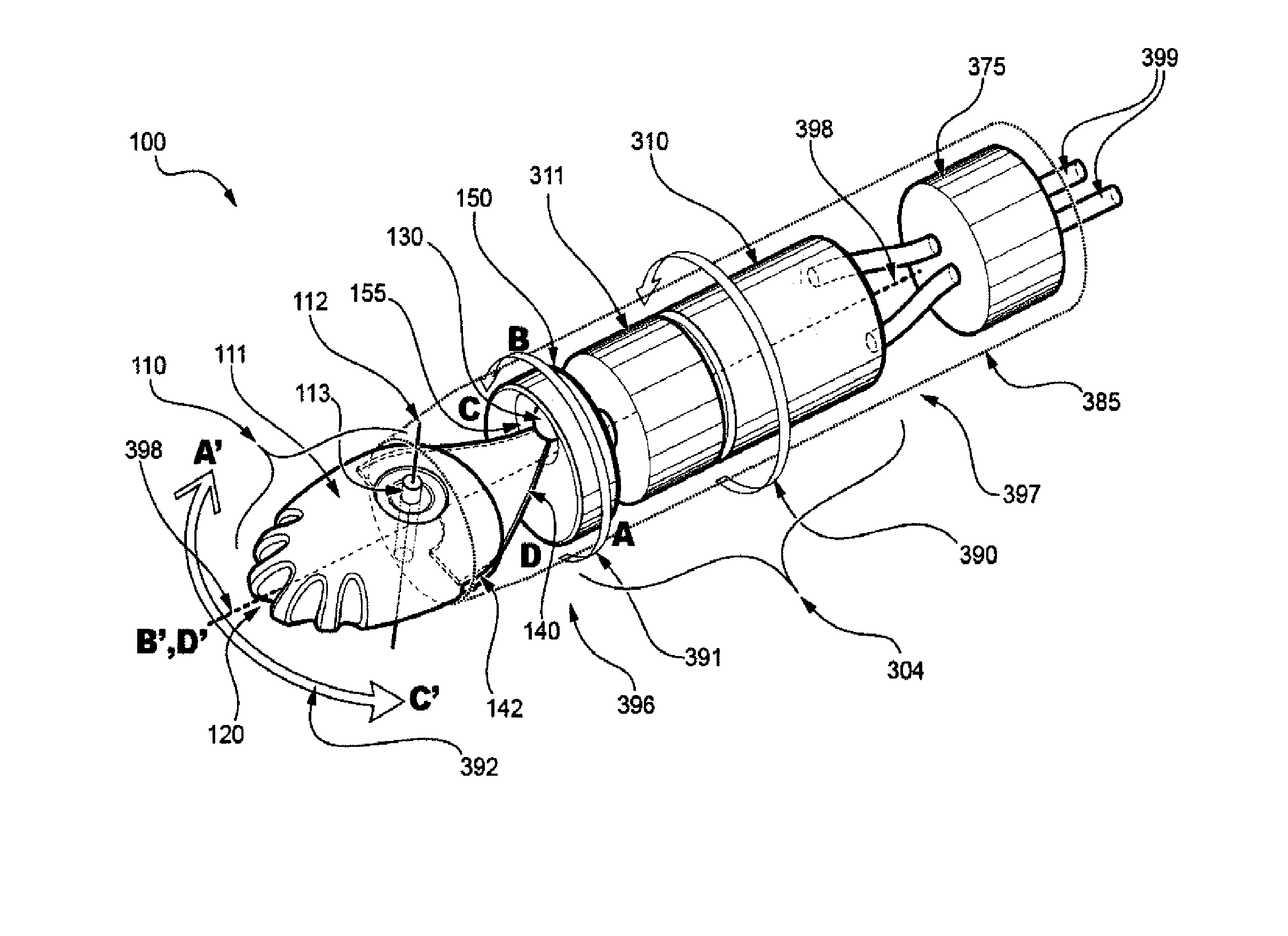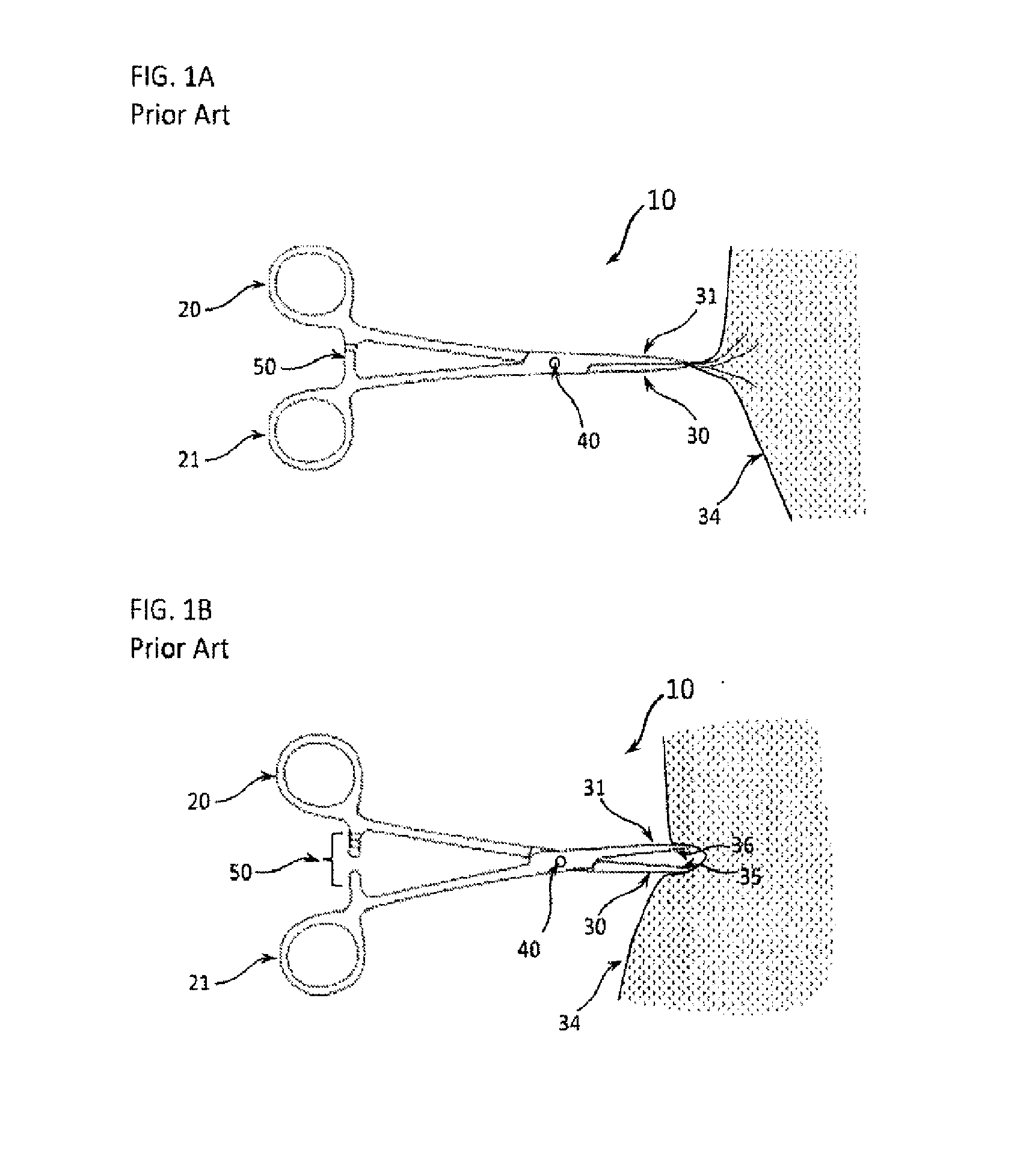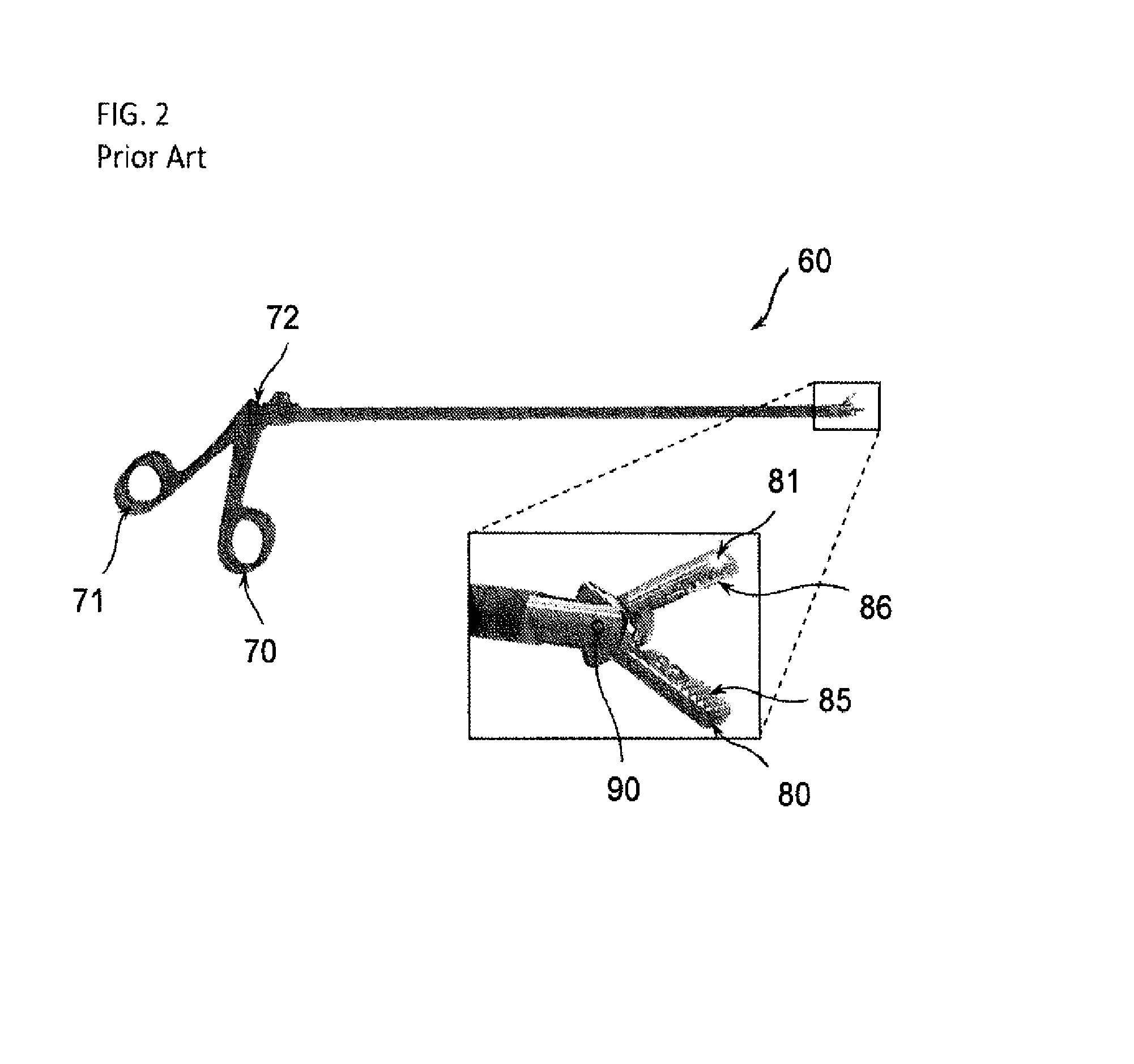Methods and devices for soft tissue dissection
a soft tissue and dissection technology, applied in the field of soft tissue dissection methods and devices, can solve the problems of prolonged patient consequences, serious, even life-threatening, and sharp dissection, and achieve the effects of prolonging patient life, prolonging patient treatment time, and avoiding complications
- Summary
- Abstract
- Description
- Claims
- Application Information
AI Technical Summary
Benefits of technology
Problems solved by technology
Method used
Image
Examples
embodiment 407
[0094]Additionally, the housing segment joint 417 of this embodiment 407 is similarly comprised of two axes (defined by axles) 420 and 421, oriented at right angles to both one another and to the axis of rotation of the drive shafts 414, all crossing at a geometric center of rotation 419. What makes the multiplanar concentric universal joint 418 useful to the present device is that the universal joint 415 and housing segment joint 417 are arranged with common geometric centers of rotation. This means that the drive shafts 415 of the motors 410 are free to deflect while delivering torque despite being affixed in, and surrounded by, articulated rigid housing segments 477. To reiterate, each drive shaft universal joint 415 and associated housing segment joint 417 share a single geometric center of rotation 419 in all planes. Another consequence of this arrangement is that the length between these centers of rotation 419 is invariant owing to the rigid nature of the typically steel driv...
embodiment 600
[0109]Referring now to FIGS. 6A-1 through 6B-5, to ensure improved performance and safety for a differential dissecting instrument, we disclose below, and first in FIG. 6A-1, another embodiment 600 of a differential dissecting member 110. This differential dissecting member 110 is captured by, and driven to oscillate by, a continuous, circuitous loop 160 of fine wire rope or cable passing through a series of fenestrations (passages) through the body 111 of the differential dissecting member 110 and proximally away to a drive mechanism. The continuous, circuitous loop 160 is made up of portions 160A-160G of a fine wire rope or cable. The circuitous route of the loop through and around the body 111 of the differential dissecting member 110 forms a “lark's head” or “cow-hitch” knot, a topologically constrained path that captures the differential dissecting member 110, preventing its loss.
[0110]Describing the elements of this embodiment in detail, the differential dissecting member 110 ...
embodiment 700
[0124]In operation, providing the oscillating cable tension imbalance as disclosed above at least in FIG. 6A-1, the differential dissecting member 710 residing on the elastic planar member 775 is subject to out-of-plane loading, so that the differential dissecting member 710 residing on the elastic planar member 775 deflects (in the desired plane of oscillatory motion 792) to that side of the elastic planar member 775 subject to the greater tension. Thus, if the cables 780 are subject to an oscillating tension imbalance at a given frequency, the differential dissecting member 710 and the elastic planar member 775 will oscillate within the desired plane of oscillatory motion 792 at the same frequency. Given that the natural frequency of oscillation of a cantilevered beam is proportional to the square root of the flexural stiffness of the beam divided by the mass of the beam, and given that the energy required to oscillate a beam is minimized (and amplitude is maximized) at the natura...
PUM
 Login to View More
Login to View More Abstract
Description
Claims
Application Information
 Login to View More
Login to View More - R&D
- Intellectual Property
- Life Sciences
- Materials
- Tech Scout
- Unparalleled Data Quality
- Higher Quality Content
- 60% Fewer Hallucinations
Browse by: Latest US Patents, China's latest patents, Technical Efficacy Thesaurus, Application Domain, Technology Topic, Popular Technical Reports.
© 2025 PatSnap. All rights reserved.Legal|Privacy policy|Modern Slavery Act Transparency Statement|Sitemap|About US| Contact US: help@patsnap.com



